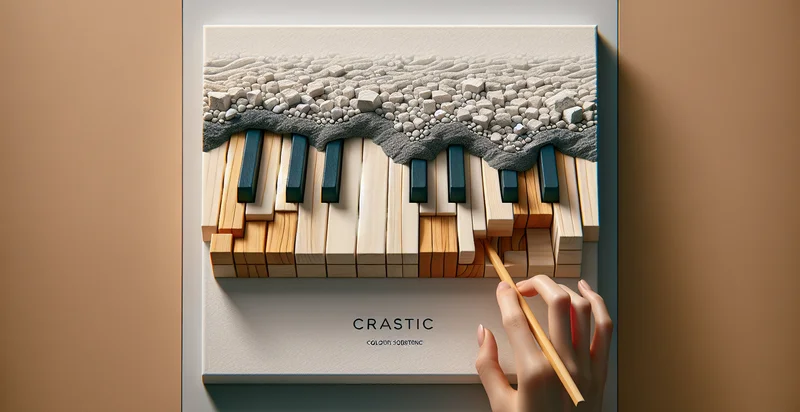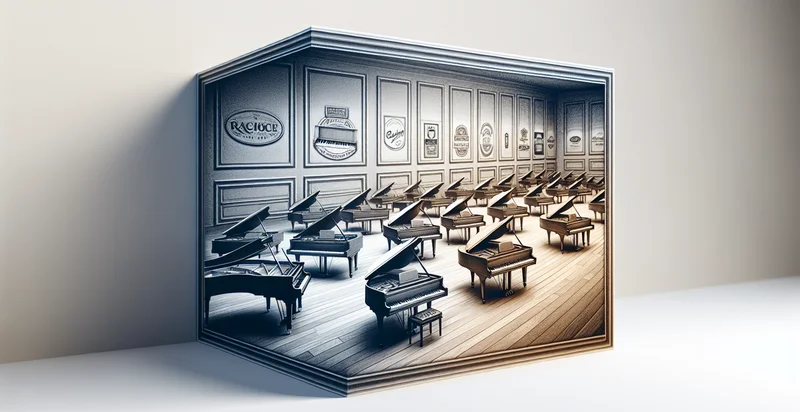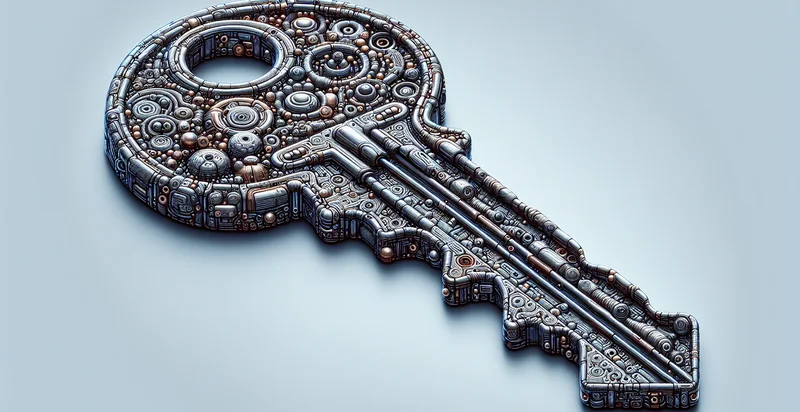Identify what material a piano key is made from
using AI
Below is a free classifier to identify what material a piano key is made from. Just upload your image, and our AI will predict what material the piano key is made from - in just seconds.

Contact us for API access
Or, use Nyckel to build highly-accurate custom classifiers in just minutes. No PhD required.
Get started
import nyckel
credentials = nyckel.Credentials("YOUR_CLIENT_ID", "YOUR_CLIENT_SECRET")
nyckel.invoke("what-material-a-piano-key-is-made-from", "your_image_url", credentials)
fetch('https://www.nyckel.com/v1/functions/what-material-a-piano-key-is-made-from/invoke', {
method: 'POST',
headers: {
'Authorization': 'Bearer ' + 'YOUR_BEARER_TOKEN',
'Content-Type': 'application/json',
},
body: JSON.stringify(
{"data": "your_image_url"}
)
})
.then(response => response.json())
.then(data => console.log(data));
curl -X POST \
-H "Content-Type: application/json" \
-H "Authorization: Bearer YOUR_BEARER_TOKEN" \
-d '{"data": "your_image_url"}' \
https://www.nyckel.com/v1/functions/what-material-a-piano-key-is-made-from/invoke
How this classifier works
To start, upload your image. Our AI tool will then predict what material the piano key is made from.
This pretrained image model uses a Nyckel-created dataset and has 14 labels, including Bakelite, Carbon Fiber, Celluloid, Composite, Glass, Ivory, Marble, Metal, Natural Fibers and Phenolic.
We'll also show a confidence score (the higher the number, the more confident the AI model is around what material the piano key is made from).
Whether you're just curious or building what material a piano key is made from detection into your application, we hope our classifier proves helpful.
Related Classifiers
Need to identify what material a piano key is made from at scale?
Get API or Zapier access to this classifier for free. It's perfect for:
- Material Quality Assessment: This use case involves using the false image classification function to assess the quality of materials used in piano keys. Manufacturers can evaluate the durability and aesthetic appeal of various materials, ensuring that only the best materials are selected for production.
- Piano Restoration Insights: Restoration specialists can leverage the technology to identify the materials used in historical piano keys, enabling them to source authentic replacements. This ensures that restorations maintain the integrity and value of vintage instruments.
- Product Development in Piano Manufacturing: Piano manufacturers can utilize the function during the product development phase to explore new materials for piano keys. This use case helps in experimenting with composites or alternative materials that could enhance performance or reduce costs.
- Material Verification for Quality Control: In a quality control setting, this function can verify that the materials used for piano keys align with the specifications. This enhances consistency in production and minimizes discrepancies that could affect sound quality or durability.
- Consumer Education and Marketing: Piano retailers or brands can use the classification function as part of their marketing strategy, educating consumers about the different types of materials used in piano keys. This information helps consumers make informed purchasing decisions that match their preferences for sound and touch.
- Customization Services: Piano tuners and customizers can utilize the function to determine the material properties of existing piano keys when creating personalized instrument modifications. This can lead to tailored enhancements that improve playability and responsiveness for individual musicians.
- Research and Development for Acoustic Properties: Researchers in acoustic science can apply the material classification function to study how different materials affect tone and resonance in piano keys. This information could advance the understanding of piano acoustics and lead to innovations in instrument design.


